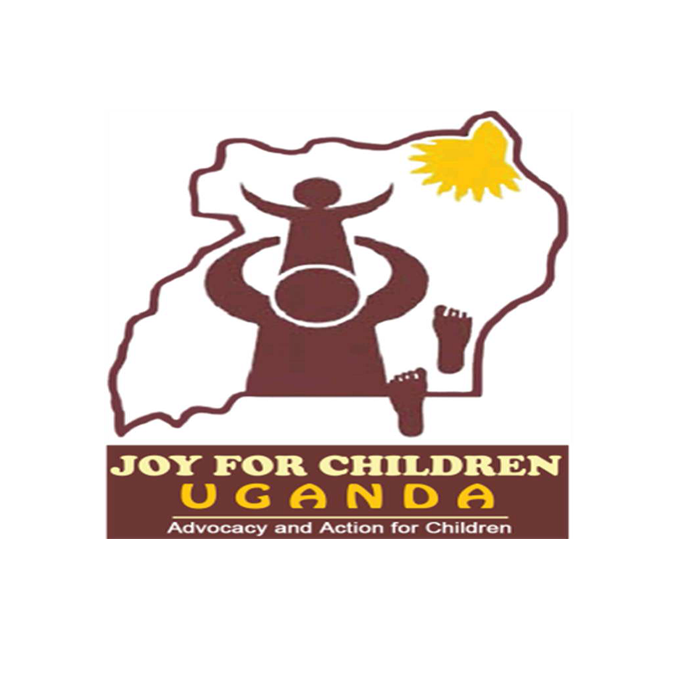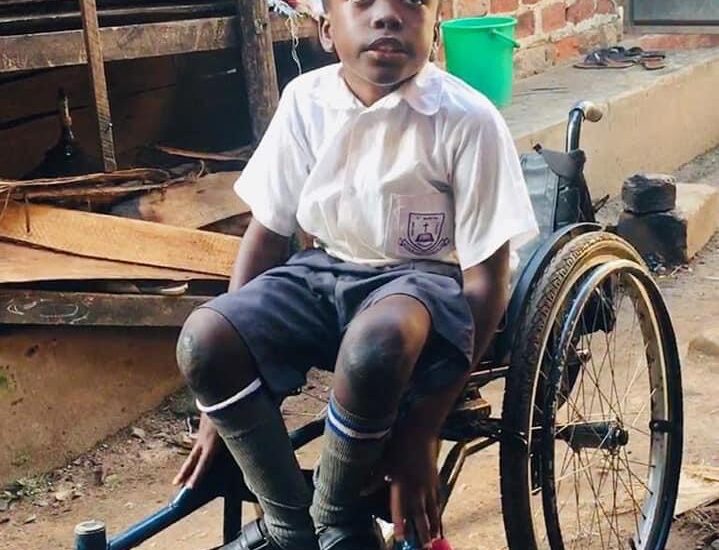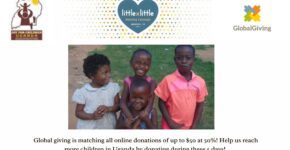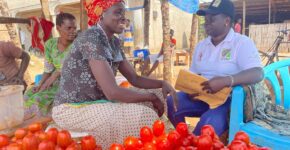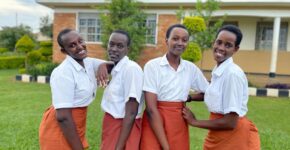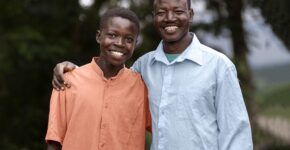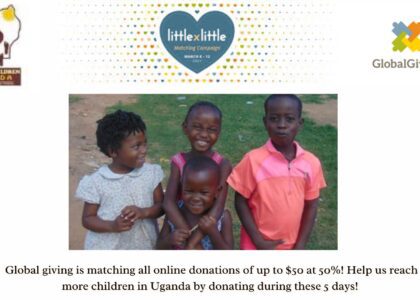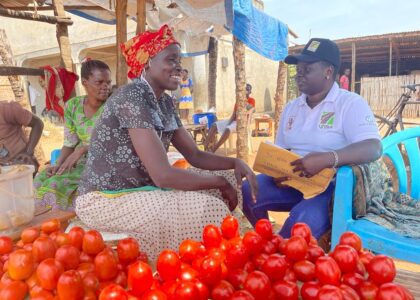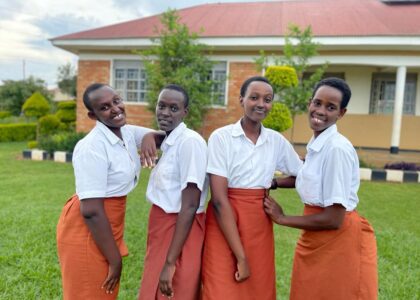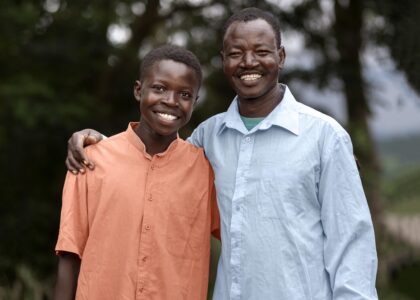The Uganda Child Helpline (UCHL) run by the Ministry of Gender, Labor and Social Development March 2020 report revealed that sexual abuse was the third most reported form of child abuse contributing 20.1% of all the cases.
According to Uganda Police Annual crime rate report (2020), a total of 14,134 cases of Defilement cases were reported to Police compared to 13,613 cases reported in 2019, giving an increase of 3.8% and this is highly attributed to the Covid-19 induced lockdown which considerably contributed to the escalating cases of teenage pregnancies and child marriage which are the worst forms of child sexual abuse, , a total of 354,736 cases of teenage pregnancy were registered in 2020 and 196,499 in the first six months of 2021.
Children with intellectual and/or developmentally special needs are at a higher risk for sexual abuse than others, estimates ranging from 4-10 times the rate.
According to the study on Violence against primary school children with special needs in Uganda by BMC Public Health 2014, Levels of violence against both disabled and non-disabled children were extremely high. Disabled girls report slightly more physical violence compared to non-disabled girls on a scale of (99.1% to 94.6%) and considerably more sexual violence (23.6% to 12.3%) than non-disabled girls; for disabled and non-disabled boys, levels are not statistically different.
Every child is at risk of child sexual abuse but children with special needs are more vulnerable. Girls with special needs, in particular, are often at greater risk, both within and outside the home, of violence, injury or abuse, neglect or negligent treatment, maltreatment or exploitation.
Factors which place children with disabilities at higher risk of violence include stigma, discrimination, and ignorance about disability, as well as a lack of social support for those who care for them. Placement of children with disabilities in institutions also increases their vulnerability to violence. In these settings and elsewhere, children with communication impairments are hampered in their ability to disclose abusive experiences.
How are children with disabilities vulnerable to sexual abuse?
Children with disabilities are less likely to disclose sexual abuse. Their disclosures are also less likely to be taken seriously. The fact that many children with disabilities have communication challenges influences their ability to disclose abuse.
Children placed in out-of-home placements with many different caregivers coming in and out of the home increases their risk of sexual abuse.
The unique aspects of a child’s disability can increase their vulnerability to sexual abuse. For example, a child with a physical disability may require a lot of care, increasing the numbers of service providers who have access to them. A child with a cognitive disability may not be aware of what is appropriate or inappropriate sexual behavior by an adult.
Physical and behavioral signs of sexual abuse among children with special needs are:
- Genital or anal pain, irritation, and/or bleeding.
- Bruises on external genitalia or inner thighs.
- Difficulty walking or sitting.
- Torn, stained, or bloody underclothing.
- Sexually transmitted diseases.
- Inappropriate relationship between victim and suspect.
- Child exhibiting distress when a particular caregiver approaches.
- Child re-enacts the abuse through engaging in “mimicking” behavior with other children, during play with dolls or any other play or the child re-enacts the abuse during solo play.
- Child may have mood changes that are seen in increased agitation, anger, fear, frustration, isolation, withdrawal and regression to earlier stages of development. In addition,
- Symptoms of depression, anxiety, and trauma.
- Questions about sex or pregnancy.
- A new interest in the body, functions of the body, or re-enacting sexualized conduct with family and friends may begin.
Due to the physical violence of sexual assault, children with special needs may experience an increased chance of serious injury such as—vaginal or anal tearing and bruising; pelvis and hip bone breakage; and risk for sexually transmitted diseases/infections.
It is essential to invest in awareness raising and information, including research about child disability and the forms and prevalence of violence compromising the enjoyment of their rights. This can be best done if we work together with children with special needs and their families, organizations, government promoting their rights and improving the legal frameworks that protect children rights.
All persons with special needs, including children, should enjoy all human rights and fundamental freedoms and should be protected from all forms of exploitation, violence and abuse, including their gender-based aspects”.
As Joy for children Uganda we are currently supporting the processes for the enactment of the sexual offences bill and enhancing legislative advocacy to end child sexual abuse in Uganda through engaging the members of parliament to pass the bill. If the bill is passed into law it will protect children against notions of capitalism that are push factors for child marriage which is the worst form of child sexual abuse. The bills will punitive sanctions against sexual violence.
